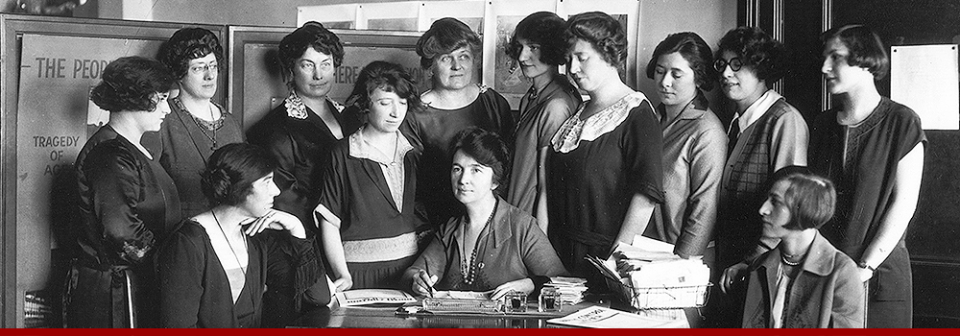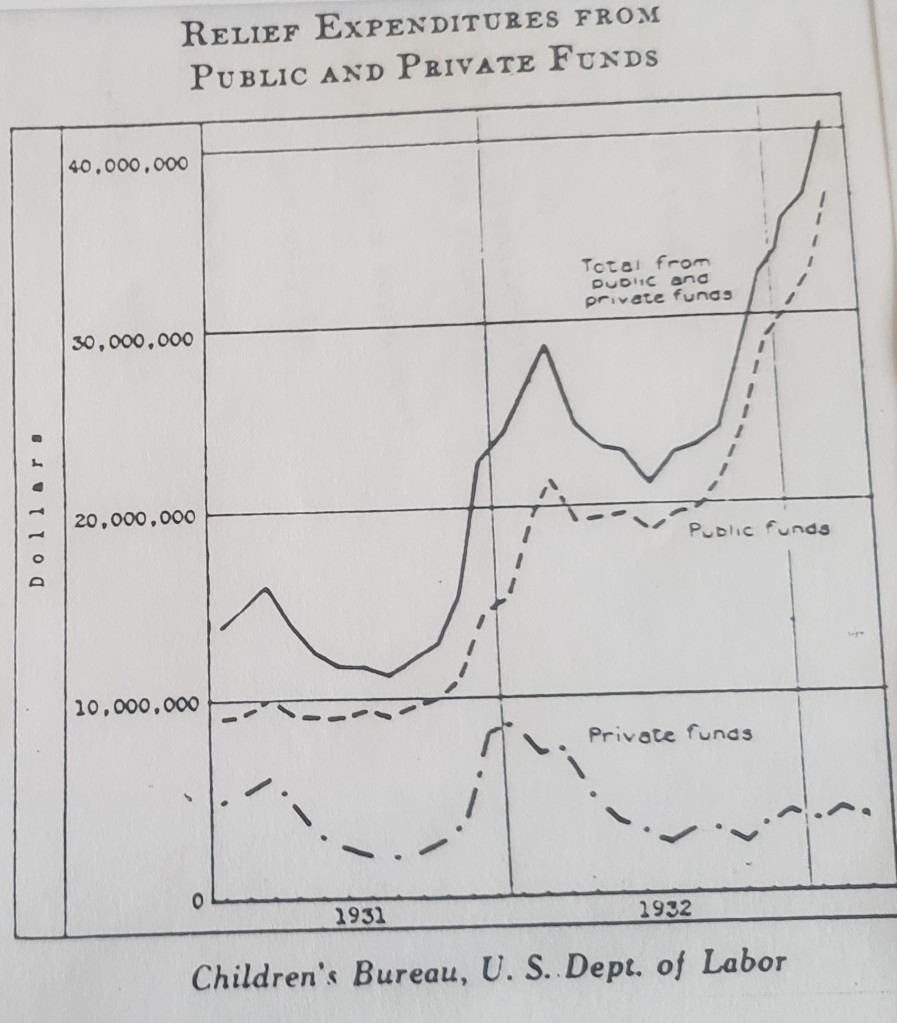
Internationally, birth control became relevant in the 1930’s, around the same time it did in the United States. However, the movement did not become prominent until after World War Two. This response was triggered in part to the unexpected post war baby boom, and concerns arose about the effects of this continued population trend. The very first post war sex conference was held in Stockholm, Sweden in 1946. There were eight countries present at this conference, and all reported growing awareness regarding the importance of birth control. However it was not until the 1950’s that birth control really gained momentum, following the increasing concern about the rapidly growing global population. Throughout this decade, numerous conferences were held to address the issues and potential solutions dealing with overpopulation,
The third international birth control conference took place in 1952 in Bombay, India. Here physicians, scientists and demographers from the United States, and countries throughout Europe and Asia met to delve into the factors behind the growing human population. Their hopes were to begin research on human reproduction and encourage the establishment of national planned parenthood birth control organizations. This conference especially significant in that it was the first of its kind to be held in the far east. The International Planned Parenthood Federation was established at this conference, and it was the first global birth control organization. Unlike other branches of Planned Parenthood, the International Planned Parenthood Organization was not mainly focused on women’s rights, but instead it was focused on social and economic pressures that were arising from such a massively growing female population. The organization’s initial membership included Great Britain, India, Sweden, the Netherlands, the United States, Hong Kong, Singapore and West Germany. Much of the fourth international birth control conference held in 1953, again in Sweden, was focused on the logistics involved with the International Planned Parenthood Federation. Leadership roles were assigned, with Margaret Sanger being elected as the first president. The goals of the organization were also created, which was to allow for the complete acceptance of the planned parenthood organization, along with the development of programs focused on service research and education.

India, especially, was a country focused on birth control and family planning. By the 1950’s India was already overpopulated, and dealing with the social and economic effects. When the Indian government created their first five year plan, they included within it a family planning program, which was a huge event for the movement. The aim of this program was to provide services related to family planning and to conduct research on effective measure of fertility control.
By 1954, there was so much concern surrounding the growing international population that the United Nations hosted their first World Population Conference in Rome. The objective of this conference was to compile data regarding population trends. This conference clearly defined the severity of the population issue, and the use of population control and family planning became more effective than using maternal health as an explanation for the necessity of birth control. Notably, birth control began to be administered to the peasant populations in India, Pakistan and Ceylon in the same year. This action described that the effects of a quickly growing population were being felt.
While birth control was gaining more acceptance in some parts of Asia and Europe in the beginning of the 1950’s, it was not until 1955 that Latin America hosted an international birth control conference. The International Planned Parenthood Federation held their pioneer conference in San Juan Puerto Rico. Another major conference was held later in 1955 in Tokyo, with representatives from over twenty countries. Again this conference focused mostly on world population trends and methods of controlling a growing population.

The 1950’s brought a new importance to the birth control movement on a global scale. At a time when the human population was growing at an estimated rate of 90,000 people a day, birth control became recognized as a method to slow the population growth that could potentially lead to serious conflict over resources. This post war population growth shifted from a focus just on women’s issues, to the broader concerns of slowing the growth of the world population. Specifically, the International Planned Parenthood Federation was founded to address these arising global issues. The involvement of government and the United Nations was one of the major advantages of this approach. The global population crisis proved the necessity of family planning and birth control, as it seemed as though a population that continued to grow as quickly would lead to serious tensions over access to resources.









